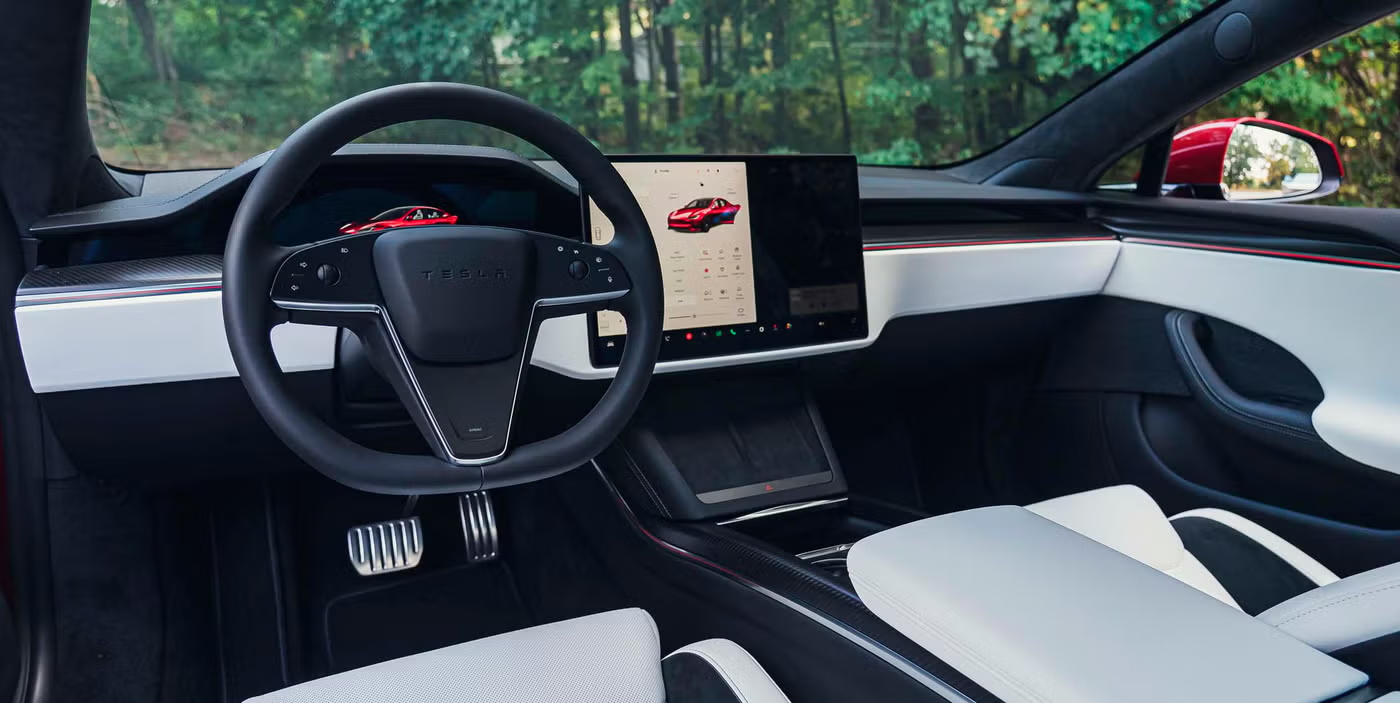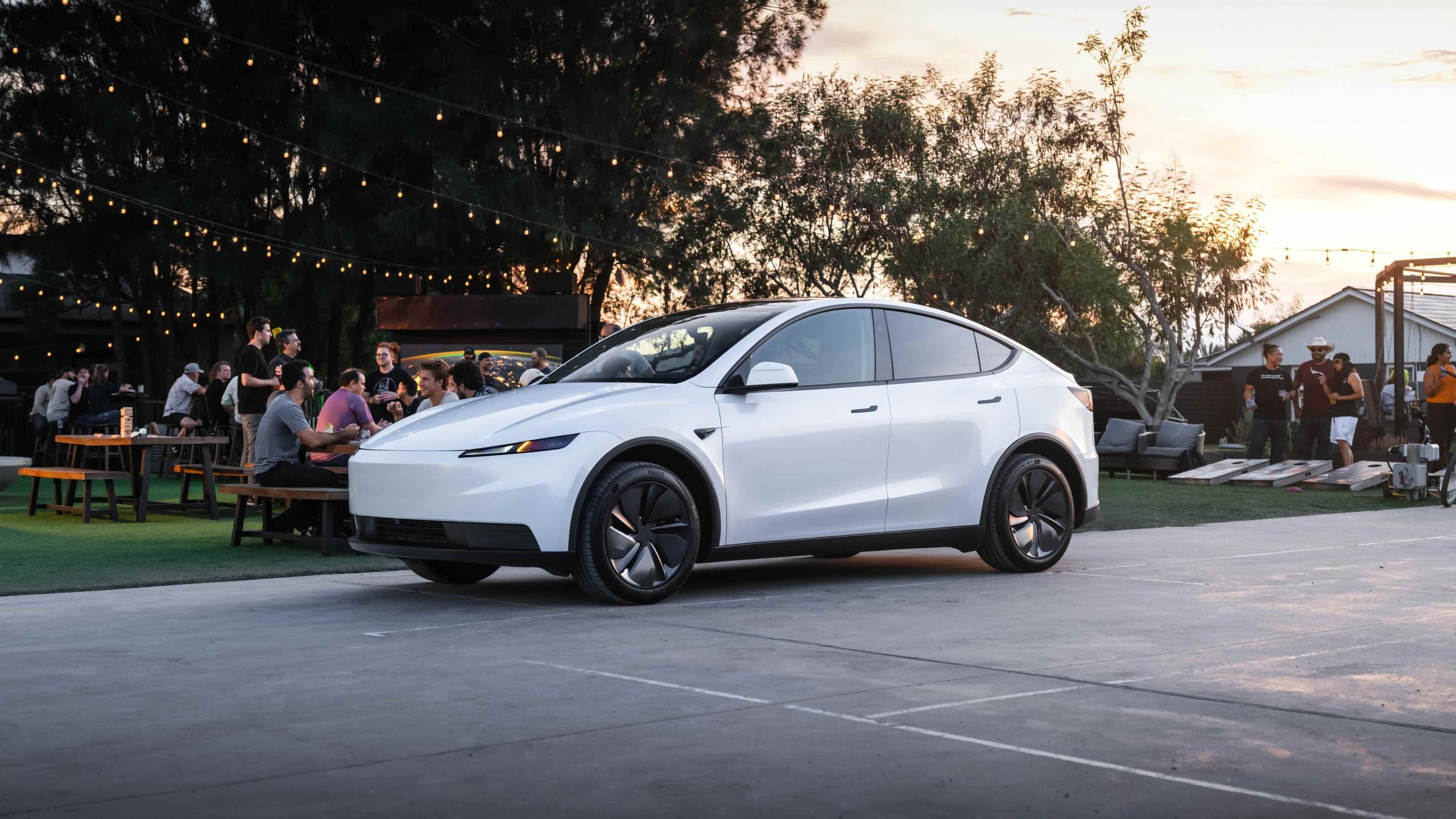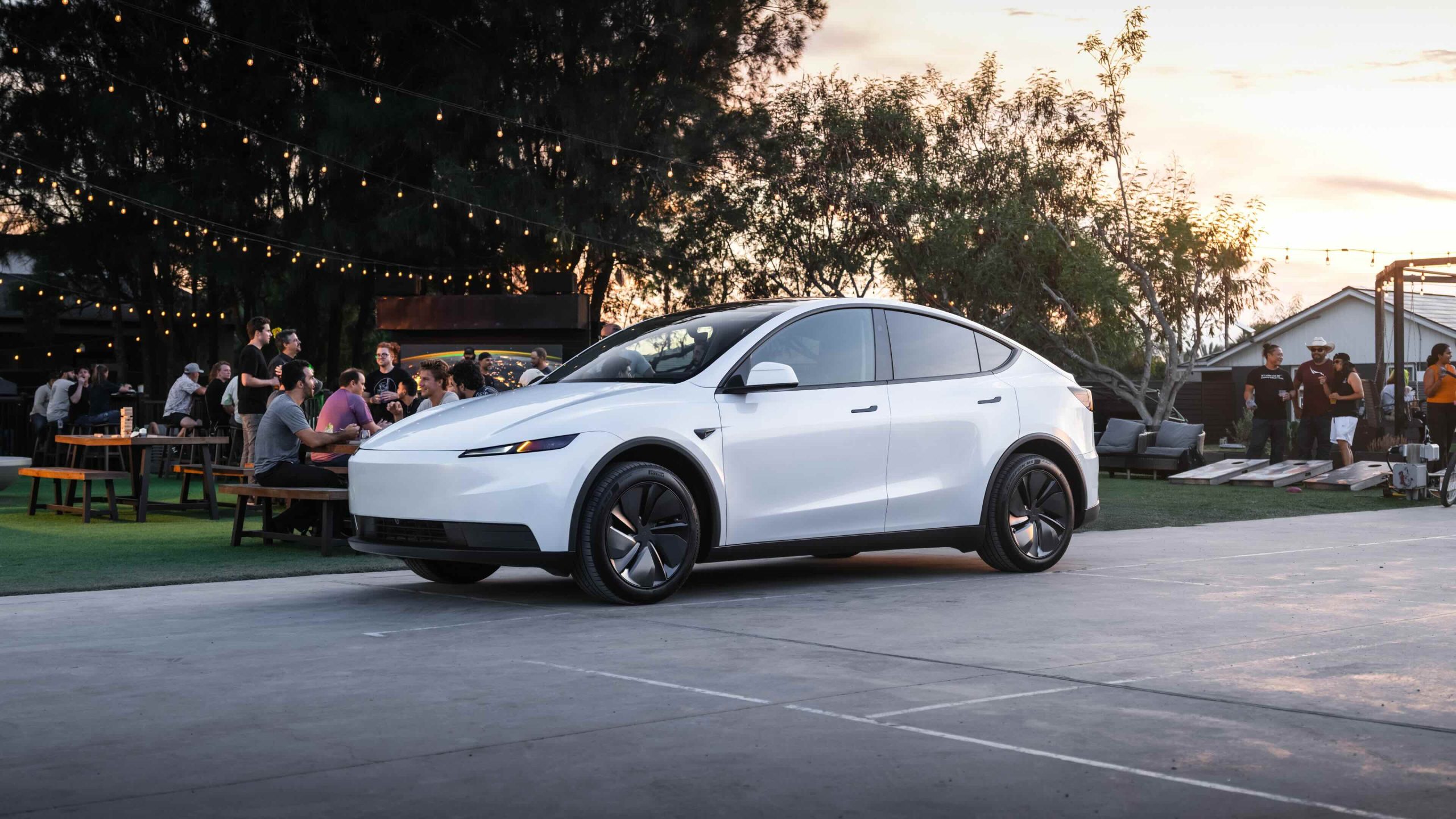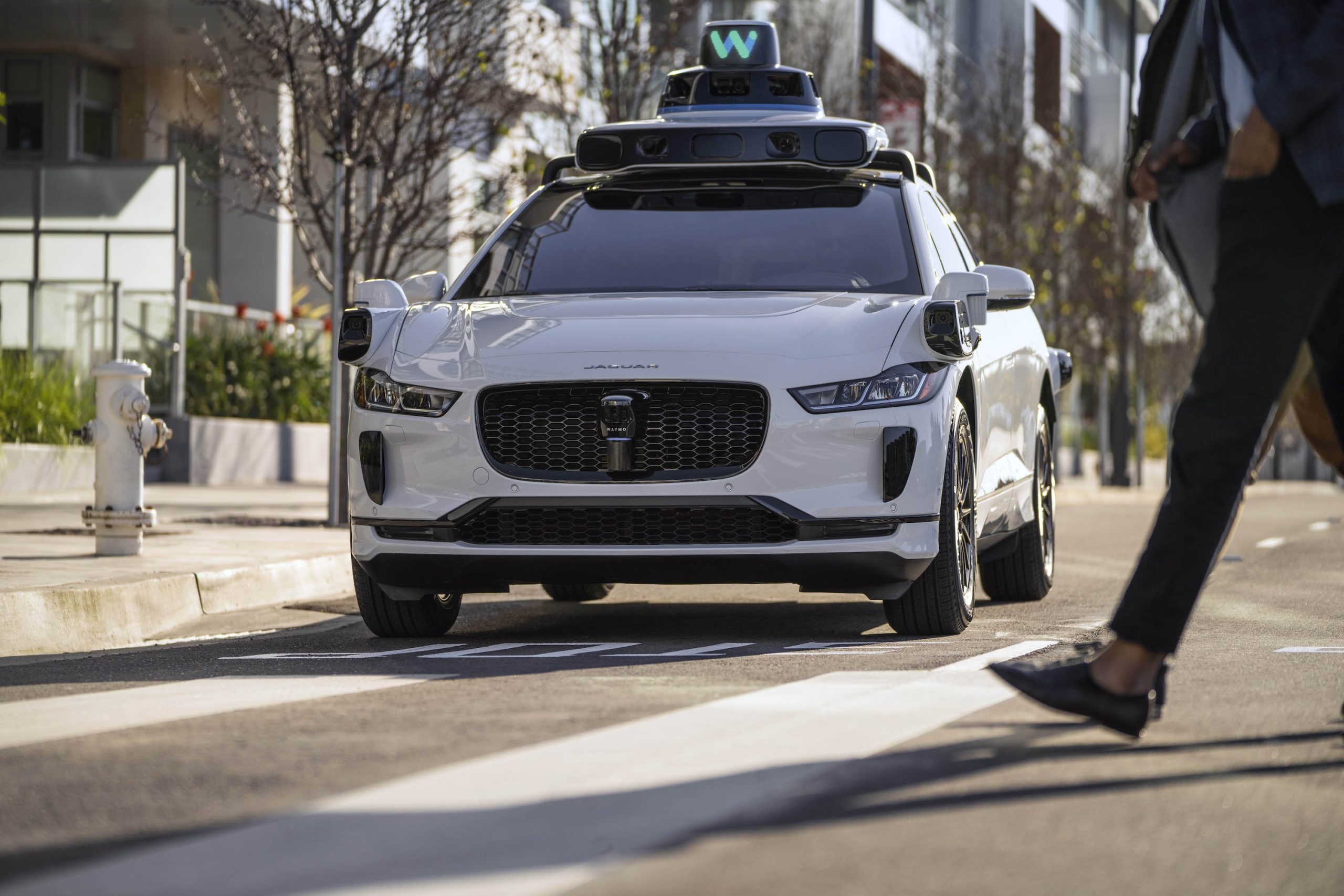Look Around! Understanding the 360-Degree Cameras in Today's Cars
Covers infotainment, ADAS and software updates. Daily: Hyundai Ioniq 5. Project car: NB Miata with a homebrew CarPlay retrofit.
In the rapidly evolving world of automotive technology, 360-degree cameras have emerged as indispensable tools for drivers. These systems, offering a bird's-eye view of the vehicle's surroundings, have become prevalent across the vehicle market. Their development over the past decade has dramatically improved, making them not only a convenience but potentially life-saving innovations.
The concept of 360-degree cameras in vehicles is akin to having a drone hovering over your car, providing a comprehensive view of its immediate surroundings. This feature is particularly beneficial when parking or maneuvering in tight spaces where traditional mirrors and windows may fall short. The ability to see everything around the vehicle at a glance reduces the risk of collisions, making these systems a valuable addition to modern cars.
Nissan was among the pioneers in this technology, introducing the Around View Monitor in Japan-market vehicles in 2007. By the end of that year, this innovation had reached the U.S. with the 2008 Infiniti EX35. The timing coincided with the rise of smartphones, highlighting the parallel evolution of compact, high-resolution cameras. Early systems faced challenges such as view distortion and blind spots at the seams where different camera feeds merged, but advancements in digital processing have since addressed many of these issues.
Modern around-view systems utilize multiple high-resolution cameras mounted around the vehicle. These cameras send digital signals that are processed to create a seamless panoramic view. Advanced algorithms stitch together the views from different cameras, taking into account varying lighting conditions and camera angles. Some systems even allow drivers to manipulate the view, offering multiple perspectives to enhance situational awareness.
The technology behind these cameras is robust, designed to withstand harsh environmental conditions such as dirt, mud, and ice. Unlike the cameras in smartphones, which have a relatively short lifespan, automotive cameras are built for durability and longevity. Recent advancements in high-definition cameras and faster processors have significantly improved image clarity and responsiveness, paving the way for future enhancements in vehicle connectivity and software upgrades.
While around-view cameras share some similarities with advanced driving assistance systems (ADAS), they serve different purposes. ADAS relies on different sensors, often prioritizing speed and optical precision for tasks like emergency braking and blind-spot monitoring. Around-view cameras, however, are optimized for a broader field of view and lower frame rates, enhancing parking and low-speed maneuvering. The integration of these systems is becoming more sophisticated, with some vehicles now offering features like invisible-hood views and obstacle detection.
As automotive technology continues to advance, the line between safety features and convenience tools is blurring. Manufacturers are increasingly incorporating 'sensor fusion'—the integration of multiple sensor types—to create a more comprehensive picture of the vehicle's environment. This trend suggests that future vehicles will not only offer safer driving experiences but also more intuitive and user-friendly interfaces for drivers, potentially transforming the way we interact with our cars.
About Noah Stein
Covers infotainment, ADAS and software updates. Daily: Hyundai Ioniq 5. Project car: NB Miata with a homebrew CarPlay retrofit.



